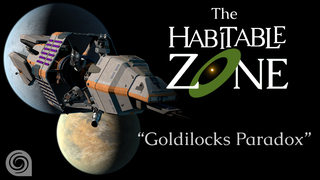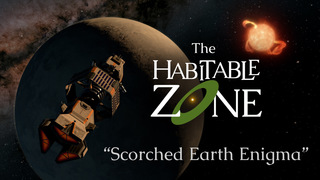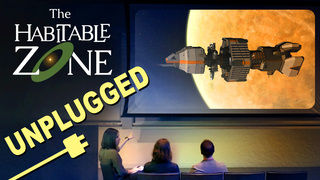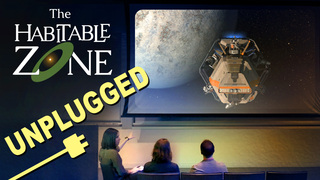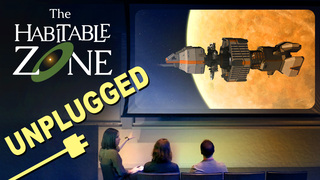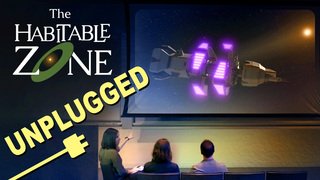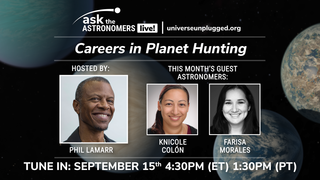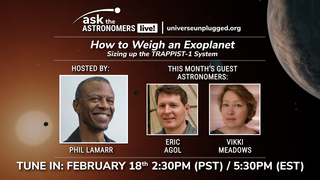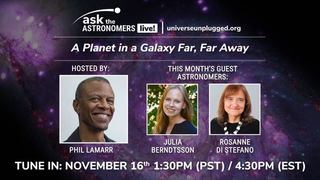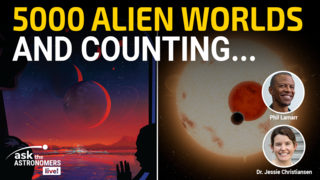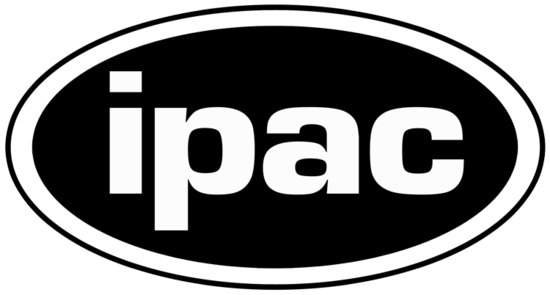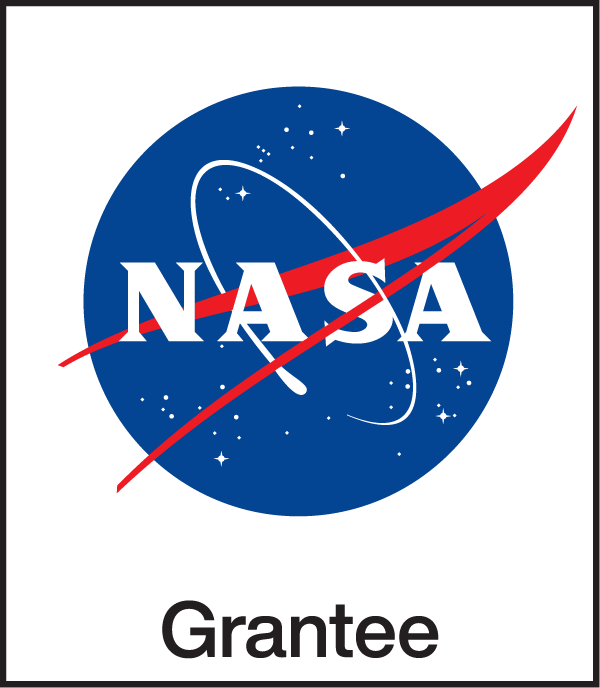About the Ship
What does the name “I.S.V. Arcadia” mean?
To renaissance artists, “Arcadia” (originally in reference to a region in ancient Greece) represented a kind of unspoiled wilderness. This seemed a good choice for the name of this “Interstellar Science Vessel” (I.S.V.) with its mission of discovering new, hopefully habitable worlds.
What are those rotating instruments behind the crew cabin?
Science fiction shows have a bad habit of allowing the characters to instantly learn about everything there is to know in a location using “sensors” that are incredibly powerful but have no visual presence on the ship.
We felt it was important to show that if you want to find planets and study them you have to have telescopes and other science instruments actively scanning the sky. The actual science instrument cluster was adapted from publicly-available 3D models of two different NASA space missions: ICESat-2, which is studying Earth’s ice sheets, and WFIRST, an infrared survey telescope still under development.
Why are Cas and Cara wearing seatbelts?
Crew inside a free-floating spacecraft would be weightless and would need to strap themselves down to stay in their seats. However, when the engines are active and the ship is accelerating they would experience what effectively felt like gravity in proportion to the amount of thrust.
In the case of the Arcadia, the idea is that when the ship is moving between planets it accelerates (or decelerates) at 1 G, giving Cas and Cara the same sense of gravity that they have on Earth, but when the engines are off they are weightless. So seatbelts are the safe way to go!
Why does the ship flip around when it’s flying toward a planet?
We have imagined that the I.S.V. Arcadia has incredibly efficient engines, allowing it to continuously accelerate at 1 G (9.8 m/s2 or 32 ft/s2). Not only would this effectively provide Earth-like gravity to Cas and Cara, but it would make moving around a stellar system much faster than what we are used to with current technology.
With this kind of engine, the fastest way to travel would be to accelerate towards your destination for about half of your trip, then flip around and decelerate for the rest. At these accelerations space travel would be much faster than current technologies, with trips to the Moon taking only hours, and trips to the planets taking days instead of months or years.
While today we do not have spacecraft engines that can maintain high thrust for long periods, the idea is inspired by real-life ion thruster technology. NASA’s Dawn spacecraft used 3 ion thrusters which could maintain long periods of micro-thrust, allowing it to be the first space mission to orbit two different bodies beyond the Earth: the asteroids Vesta and Ceres.
Why does the ship make sound in space?
OK, yes, we really do know that there should be no sound in space, but like so many producers before us, we wanted the overall experience to be dramatic for a general audience. The sound does help to visually reinforce moments when the main engines or steering thrusters fire that might otherwise be missed. We did attempt to keep the sounds muffled, suggestive of what sounds might be heard within the ship.
How does the jump drive work?
Unfortunately it does not work. Current limits of science and engineering offer no way to traverse the vast distances between stars, at least within human lifetimes. The jump drive shown on the I.S.V. Arcadia is pure fantasy, used as a storytelling device to help us imagine what it would be like to visit distant exoplanets.
